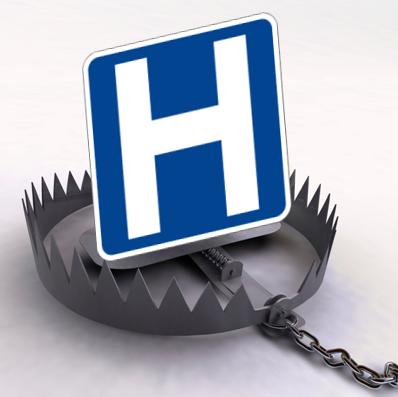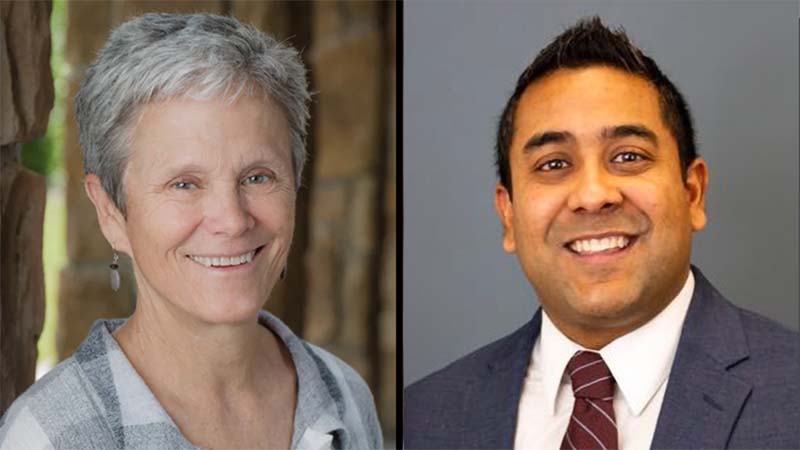
There’s an interesting Perspective in the NEJM titled “Post-Hospital Syndrome — An Acquired, Transient Condition of Generalized Risk,” by Harlan Krumholz, a cardiologist at Yale.
In his article, Krumholz proposes that during the month after hospitalization, many people find themselves in an acquired, transient, vulnerable state, which may “derive as much from the allostatic and physiological stress that patients experience in the hospital as they do from the lingering effects of the original acute illness.” He notes that approximately a fifth of Medicare patients are rehospitalized within 30 days, often for conditions different from the index admission.
How might this post-hospitalization syndrome emerge? He goes on to describe the many stressors we know affect patients during hospitalization, including interrupted sleep, psychoactive medications, deconditioning, inadequately managed pain, and delirium.
What to do? He writes that “Recognition of the post-hospital syndrome can provide the impetus for developing novel interventions to promote recovery.” He then suggests we do a better job of assessing patients’ functional status, and work on mitigating the stressors during hospitalization.
End of article.
Am I the only one thinking “I love that he’s coined a name for this phenomenon. But wait a minute. I know of an evidence-based intervention to reduce this syndrome.”
If you’re a geriatrician, you probably know it too. If you’re not, then you should learn about it because it’s a good intervention and it just might be available at a hospital near you. (And if it’s not, ask for it anyway. Then the hospital will consider providing it.)
It’s the…[drum roll] Acute Care for Elders Unit!
[Ta-dah!]That’s right, some hospitals have special units in place designed to minimize all those stresses Krumholz writes about. And they’ve been studied and proven to improve outcomes.
Plus, if you’ve ever talked to patients who’ve had the chance to be hospitalized in an ACE unit, chances are they will tell you it was a much better experience than a usual hospital stay.
So why weren’t ACE units mentioned by Krumholz? After all, they aren’t exactly a new idea. Seth Landefeld published his groundbreaking randomized trial demonstrating the effectiveness of the ACE unit in the NEJM itself, back in 1995.
Since then, ACE units have been further studied, and further implemented; according to this recent UCSF news story, ACE units are being piloted in 200 U.S. hospitals, serving an estimated 100,000 patients annually. That UCSF story, by the way, was related a June 2012 Health Affairs paper: “Acute Care For Elders Units Produced Shorter Hospital Stays At Lower Cost While Maintaining Patients’ Functional Status.”
In the end, as I don’t know Dr. Krumholz, I expect I’ll never quite know why ACE units aren’t mentioned in this very interesting Perspective piece on the Post-Hospital Syndrome. Maybe it’s because the syndrome isn’t about older adults in particular — though they are disproportionately vulnerable to the syndrome — whereas “Acute Care for Elders” sounds too geriatrics-focused.
Still, what we’ve learned from ACE units could surely help hospital patients of all ages. So if you’re looking for an evidence-based approach to reduce the syndrome, don’t forget to think of ACE units.
Might help you to develop the novel interventions that we apparently need.
by: Leslie Kernisan, MD MPH

